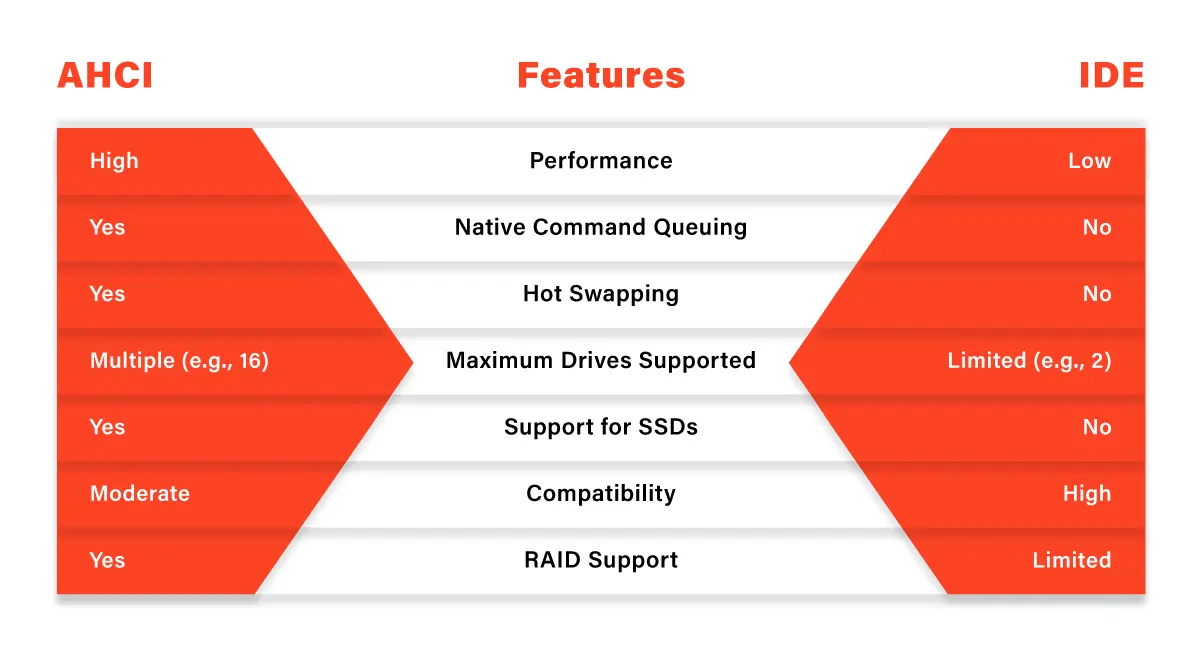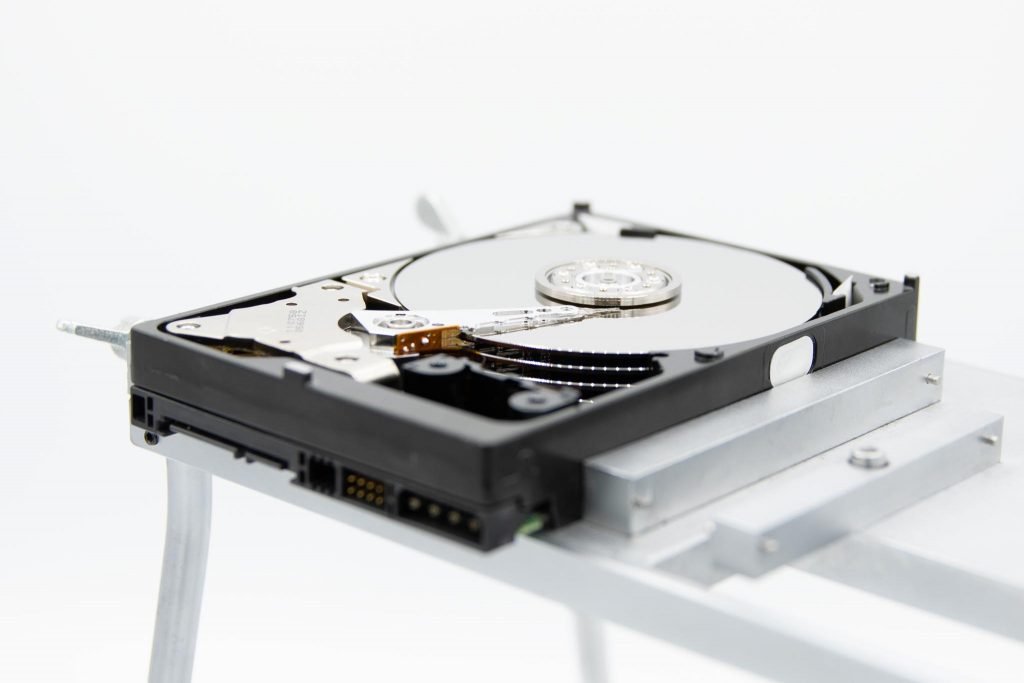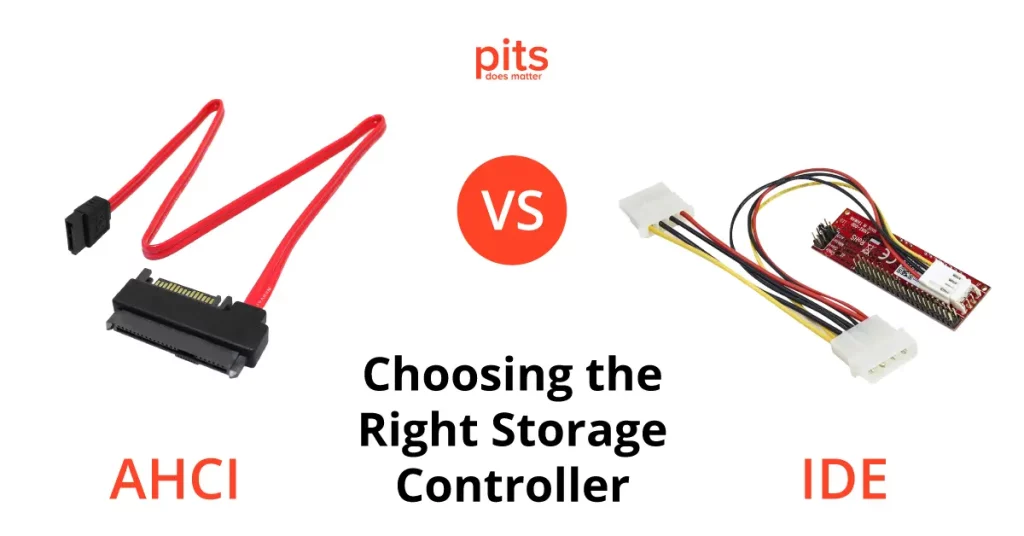In the world of computer storage, the choice of a storage controller can significantly impact the performance and functionality of your system. Two popular options are AHCI (Advanced Host Controller Interface) and IDE (Integrated Drive Electronics). Both have their advantages and disadvantages, so it’s essential to understand the differences between them to make an informed decision. In this blog post, we will delve into AHCI and IDE, explore their features, and compare them to help you determine which one suits your needs.

Understanding AHCI
AHCI, which stands for Advanced Host Controller Interface, is a newer storage controller technology that was introduced to replace the older IDE mode. It is a feature of modern SATA (Serial ATA) controllers and offers several benefits over IDE. AHCI supports advanced features like Native Command Queuing (NCQ) and hot swapping, which allow for better performance and flexibility.

NCQ is a technology that optimizes the order in which data is read and written to the storage device, improving overall efficiency. Hot swapping, on the other hand, enables the connection and disconnection of storage devices while the computer is still running, without the need for a system restart. This is particularly useful in scenarios where you want to quickly swap out a faulty drive or add additional storage on the fly.
To take advantage of AHCI mode, both the operating system and the computer’s BIOS settings need to support it. Most modern operating systems, including Windows Vista and later versions, have built-in support for AHCI. However, older devices may require a driver installation to enable AHCI functionality.
Advantages of AHCI
Native Command Queuing (NCQ)
AHCI supports NCQ, which allows the storage controller to reorder commands to optimize data retrieval intelligently. This results in improved performance, especially when handling multiple read and write requests simultaneously.
Hot Swapping and Hot Plugging
AHCI allows you to connect and disconnect storage devices without restarting your computer. This feature is particularly useful when using external drives or quickly replacing faulty drives, making it convenient and time-saving.
Support for Advanced Technologies
AHCI is compatible with advanced technologies such as TRIM (used by solid-state drives) and power management features, which optimize performance and extend the lifespan of storage devices.
Disadvantages of AHCI
Operating System and BIOS Compatibility
Some older operating systems and BIOS versions might not fully support AHCI. Therefore, if you plan to use AHCI, it is important to ensure that your system’s software and firmware are up to date.
Incompatibility with Older Devices
While AHCI offers significant benefits, it may not be compatible with certain older storage devices that rely on IDE mode. Compatibility issues might arise when attempting to use AHCI with legacy hardware.
Understanding IDE
IDE, or Integrated Drive Electronics, is a legacy storage controller technology that was widely used in personal computers before the introduction of more advanced storage interfaces like SATA (Serial ATA) and NVMe. IDE was also known as PATA (Parallel ATA) due to its method of data transmission using parallel cables.
At its core, IDE is responsible for connecting and managing communication between the computer’s motherboard and storage devices, primarily hard disk drives (HDDs). In IDE mode, the storage devices are connected to the IDE controller using a 40-pin ribbon cable. This cable carries both data and control signals, allowing the storage devices to exchange information with the rest of the system.

In the early days of personal computing, IDE played a significant role in revolutionizing the way data storage worked. Before IDE, hard drives required separate controllers that were not integrated with the drives themselves. IDE changed this by incorporating the drive controller directly on the hard drive, simplifying the connection process and making it more cost-effective.
Advantages of IDE
Wide Compatibility
IDE is broadly compatible with older operating systems and hardware. It ensures that older devices, such as hard drives and optical drives, can be used without compatibility issues.
Simplicity and Ease of Use
IDE mode is straightforward to set up and configure, making it a suitable choice for users who prioritize simplicity over advanced features.
Disadvantages of IDE
Lack of Advanced Features
IDE mode does not support features like native command queuing and hot swapping, which can limit the performance and flexibility of your storage devices.
Lower Performance
IDE generally offers lower performance compared to AHCI, especially when handling multiple read and write requests simultaneously. This can be a significant drawback when using modern storage devices that can take full advantage of AHCI’s capabilities.
Conclusion
Selecting between AHCI and IDE primarily hinges on your computer system’s specific requirements. If you possess a modern computer with newer storage devices, AHCI is the recommended option. It offers improved performance, native command queuing, and hot swapping capabilities. AHCI is the default mode for most operating systems, including Windows Vista and later versions.
Conversely, if you possess older hardware components or legacy storage devices, IDE mode may be necessary to ensure compatibility. Although IDE lacks some of AHCI’s advanced features, it can still provide satisfactory performance for basic computing tasks. It is important to note that switching between AHCI and IDE modes typically necessitates changes in the BIOS settings.
Before making any modifications, ensure that you back up your data and consult your system’s documentation or the manufacturer’s guidelines to avoid any potential issues.
In conclusion, AHCI and IDE represent two storage controller modes with distinct features and compatibility profiles. AHCI excels in performance, native command queuing, and hot swapping, while IDE offers broader compatibility with older devices. Consider your specific hardware setup and requirements when choosing between these two options, ensuring that your storage controller aligns with the capabilities of your storage devices for optimal performance and functionality.
Frequently Asked Questions
What is the main difference between AHCI and IDE?
AHCI (Advanced Host Controller Interface) and IDE (Integrated Drive Electronics) are storage controller modes that determine how the operating system communicates with storage devices. The main difference lies in their features and compatibility. AHCI offers advanced capabilities such as native command queuing and hot swapping, while IDE provides broader compatibility with older devices but lacks these advanced features.
Which mode, AHCI or IDE, offers better performance?
AHCI generally offers better performance compared to IDE. AHCI’s native command queuing optimizes the order of read and write commands, resulting in faster data transfer rates. It also supports modern storage technologies, including solid-state drives (SSDs). IDE, on the other hand, lacks these advanced features and may have limitations when it comes to performance, especially with newer storage devices.
Can I switch from IDE to AHCI mode without reinstalling my operating system?
Switching from IDE to AHCI mode typically requires changes in the BIOS settings. While it is possible to switch without reinstalling the operating system, it’s recommended to take precautionary measures and create a backup of your data before making any changes. Additionally, after switching to AHCI mode, you may need to install the appropriate AHCI driver for your operating system to ensure proper functionality.
Which mode should I choose if I have older storage devices?
If you have older storage devices that rely on IDE mode, it’s best to stick with IDE to ensure compatibility. IDE mode has broader support for older devices such as legacy hard drives and optical drives. AHCI mode may not recognize or function properly with these older devices.
Is AHCI or IDE mode the default for modern operating systems?
AHCI is the default mode for most modern operating systems, including Windows Vista and later versions. This is because AHCI offers better performance, supports newer storage technologies, and provides advanced features that enhance the overall functionality of the system. However, it’s important to check the specifications and recommendations of your specific operating system to confirm its default mode.
